Today was magical in a way that was quite unexpected. We decided to visit a small village called Cong, about 40km NNW of Galway, on the basis of a suggestion from Jan Healy (Michael Healy’s wife; both Michael and Jan are retired school teachers and active in St. Joseph’s Parish community in East Maitland). Jan and Michael’s daughter was married in Cong and Jan had reported that it was a beautiful village and worth a look.
We did and it is! Cong is situated on an island formed by a number of streams that surround it on all sides. A ruined medieval abbey, Cong Abbey, where Rory O’Connor, the last High King of Ireland, spent his last years is located a stone’s throw from the main street. It also is the origin of a piece of Celtic art in the form of a metal cross shrine called the Cross of Cong. The ‘Cross of Cong’ is now held in the National Museum of Ireland, Dublin.
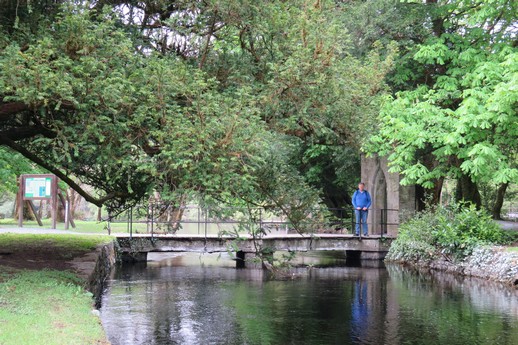
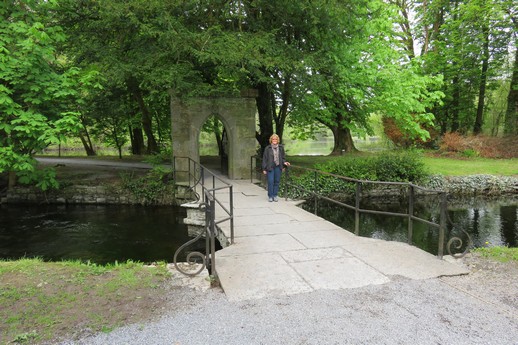
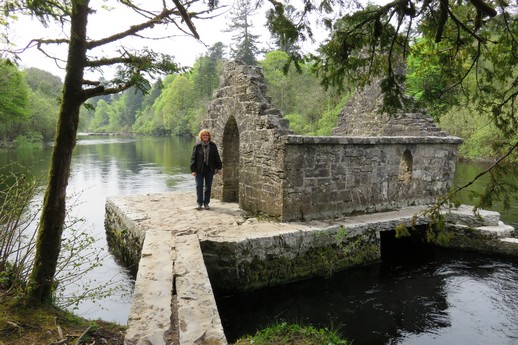
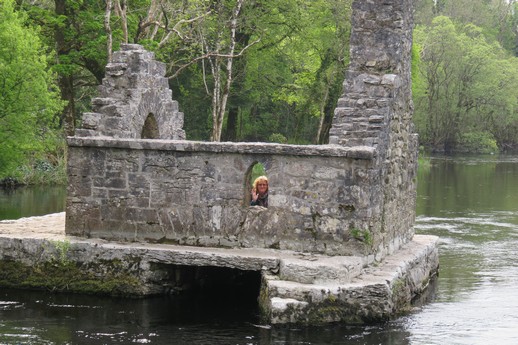
Cong is also the home of Ashford Castle, a luxury hotel, which was converted from a Victorian faux lakeside castle, built by the Guinness family. Ashford Castle is a tourist attraction in its own right but this was as far as we could get without being paid guests!
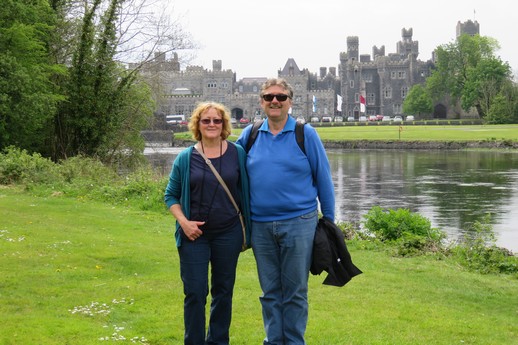
Cong was the filming location for John Ford’s 1952 Oscar-winning film, The Quiet Man, featuring John Wayne, Maureen O’Hara and Barry Fitzgerald. Much of the movie was filmed on the grounds of Ashford Castle. The town and castle area remain little changed since 1952, and Cong’s connection with the movie make it a tourist attraction. Across the street from the tourist information centre is a life-size bronze statue of John Wayne carrying Maureen O’Hara in a bride like fashion – very romantic.
Apparently Cong was also the home of Sir William Wilde, historian and father to prominent playwright, novelist, poet, short story writer and butt of numerous Monty Python comedy sketches, Oscar Wilde. 🙂
From Cong we continued west towards the Connemara National Park in search of Kylemore Abbey.
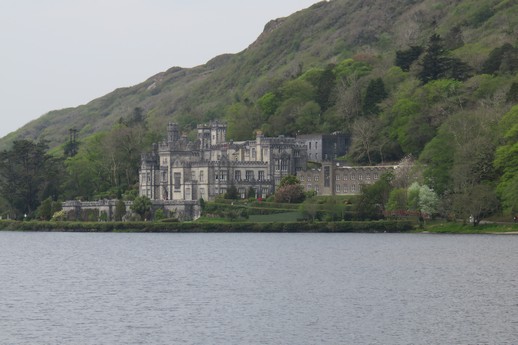
Kylemore Castle was built as a private home for the family of Mitchell Henry, a wealthy doctor from London whose family was involved in textile manufacturing in Manchester, England. He moved to Ireland when he and his wife Margaret purchased the land around the Abbey. Construction began in 1867 and took one hundred men four years to complete. The castle covered approximately 40,000 square feet (3,700 m2) and comprised 33 bedrooms, 4 bathrooms, 4 sitting rooms, a ballroom, billiard room, library, study, school room, smoking room, gun room and various offices and domestic staff residences for the butler, cook, housekeeper and other servants. Other buildings include a Gothic cathedral and family mausoleum containing the bodies of Margaret Henry, Mitchell Henry and a great grand-nephew.
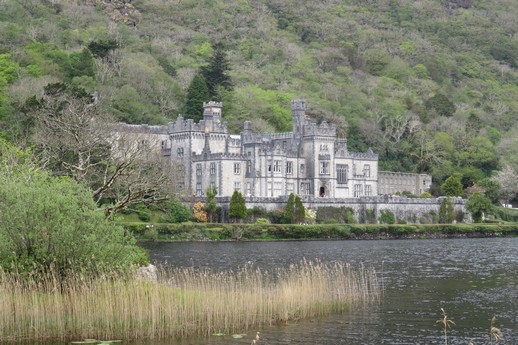
The Abbey remained in Henry’s estate after he returned to England. The castle was sold to the Duke and Duchess of Manchester in 1909, who resided there for several years before being forced to sell the house and grounds because of gambling debts (the deeds to the estate being wagered in a round of cards!).
In 1920, Irish Benedictine Nuns purchased the Abbey castle and lands after they were forced to flee Ypres, Belgium during World War I. The nuns, who had been based in Ypres for several hundred years, had been bombed out of their Abbey. The nuns continued to offer education to Catholic girls, opening an international boarding school and establishing a day school for girls from the locality. The school acted as the main educator for most girls from Renvyle, Letterfrack and further afield for almost a century but it was forced to close in June 2010.
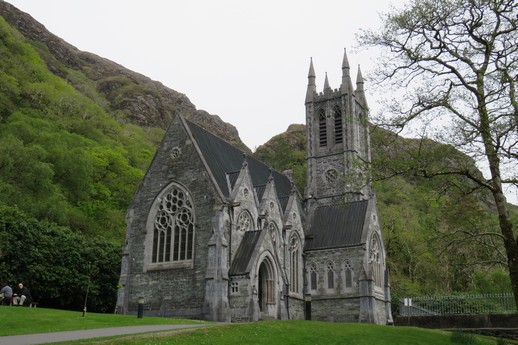
The Estate includes a large walled area dedicated to formal Victorian gardens which had fallen into ruin after the acquisition of the estate by the Duke and Duchess of Manchester in 1909. The Benedictine community commenced restoration of the gardens during the 1950’s but they weren’t opened to the public until 2000.
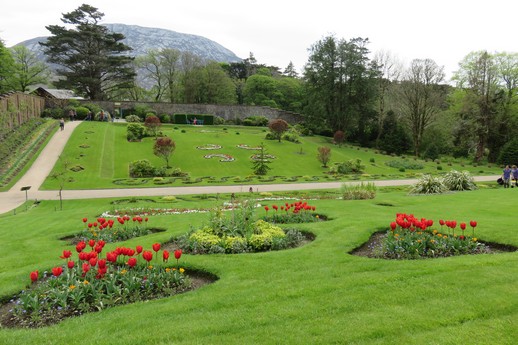
While the school has now closed, the Abbey remains an active Benedictine community with the nuns living and working in the upper floors of the Abbey. Some of the ground floor rooms have been made available for visitor access and restored to the state they were during the time of the Duke and Duchess of Manchester’s ownership.